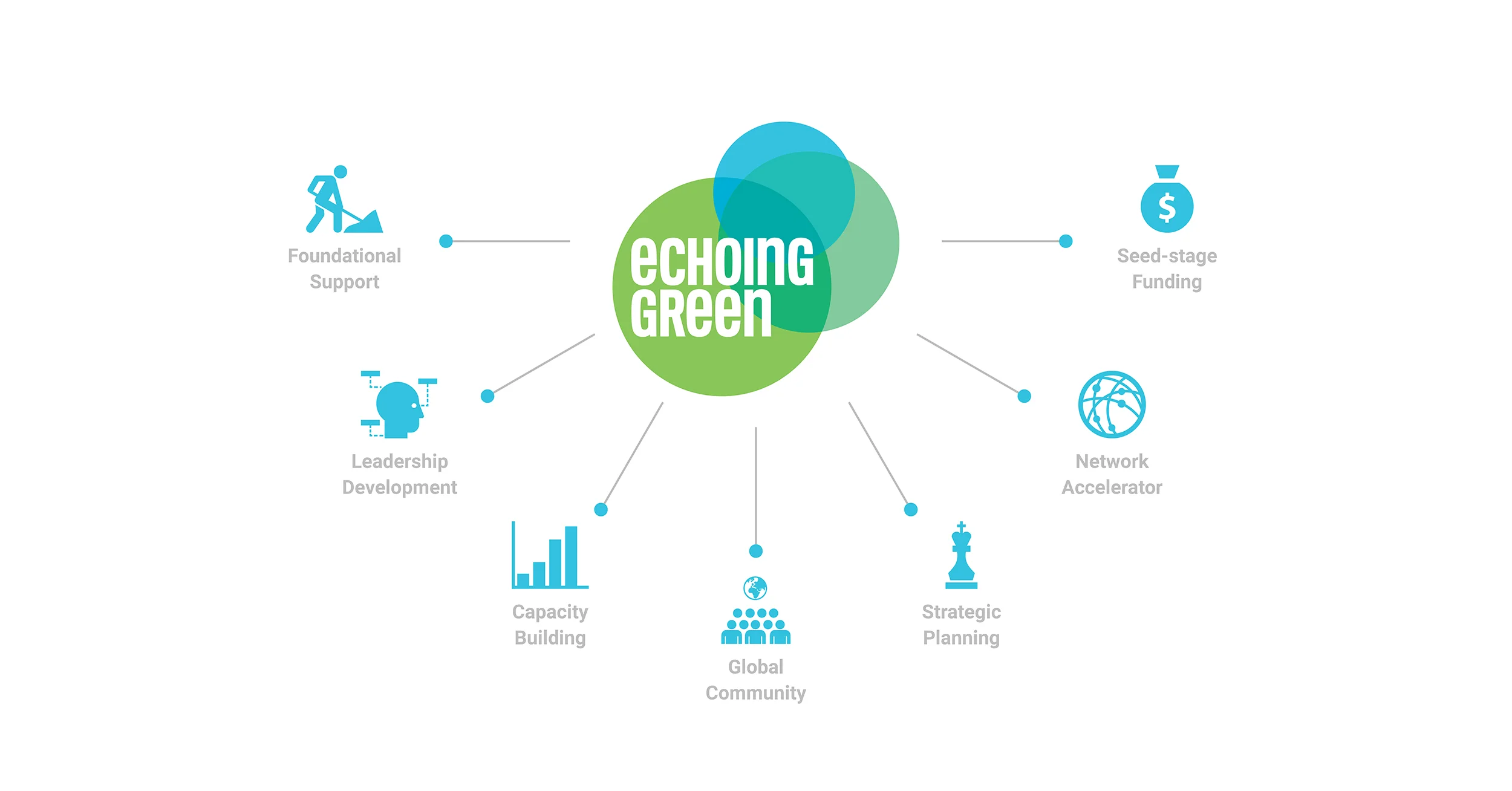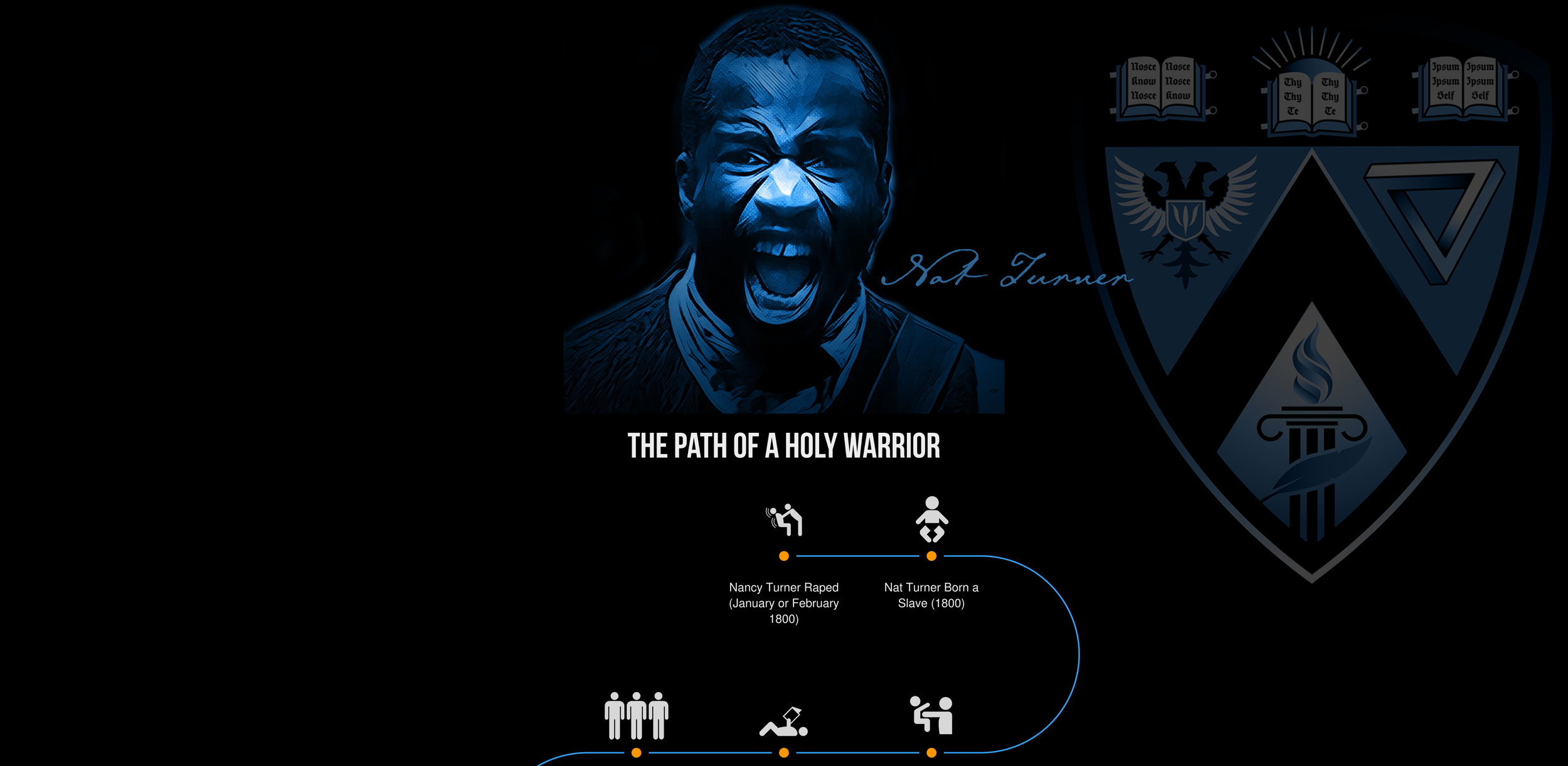News
“For too long, discipline for students of color and students with disabilities meant overly punitive discipline for the act; while white students benefited from root cause analysis of the behavior. The school discipline guidance provided a path for schools to ensure all students are treated the same.” said Marlyn Tillman of Gwinnett SToPP and a Dignity in Schools Campaign member.
“This study is a wake-up call for every professional group who works with children in the U.S.—doctors, teachers, police, child care workers, and others,” Williams said. “It suggests that many professionals, with good intentions, may be treating America’s most valuable possession, our little children, badly without even being aware of it.”
Students should be in class, not handcuffs. Yet millions of students are removed from classrooms each year for minor misbehavior, and the data clearly shows that students of color are suspended at much higher rates than their peers. Once suspended, students are more likely to drop out of school and be incarcerated.
If you’ve never heard of the term before, “microinvalidation” is a hyponym of microaggression, the normalized behavior that demonstrates hostility and negative stereotypes of marginalized racial groups. Coined by Dr. Derald W. Sue, a psychology professor at Columbia University, microinvalidation communicates that the racism and offensive remarks catapulted towards people of color is unjustified due to a supposed "race-free" world.
The 2017-2018 school year is getting started, and teachers nationwide should expect students to want to discuss what happened in Charlottesville as well as other expressions of racial and religious hatred in the country.
"I am thrilled to be honored with such a distinguished award," said Discriminology's founder DeMar Pitman. "This is a first and important step that will greatly accelerate our efforts to better understand and correct the current structural barriers that directly and indirectly deny groups of students a high-quality education.”
"A better, quicker solution to reducing the racial gap in gifted classrooms, according to Grissom, is to test every child in the school system for giftedness, so that you’re not relying on subjective humans to decide whom to test. Education geeks call it “universal screening.”"
As a former high school world history teacher in an urban district, and socio-politically conscious Black male, I’ve often struggled with how to deliver such a Eurocentric curriculum to students who descend primarily from African, Asian and Latin American countries. It’s a challenge that takes cognition and resolve.
It’s a reality that’s rattled the education world for years: Black and Latino students are far less likely than their white and Asian peers to be assigned to gifted-and-talented programs. The odds of getting assigned to such programs are 66 percent lower for black students and 47 percent lower for Latino students than they are for their white counterparts.
For example, they’ve said there’s no need to keep the department’s Office for Civil Rights, which oversees Title IX enforcement and has become increasingly active over the last eight years as the spotlight on campus sexual assault increased.
The heroism and sacrifices of these freedom fighters would be a prelude to the noble performance of some 200,000 black men who served so very courageously in the Civil War, the war that finally put an end to the evil institution that in 1860 chained some 3.9 million human beings to perpetual bondage and killed millions more.
The garbage that came out of that child’s mouth meant nothing to him. Yet. It marks the beginning of what is likely to be a gradual process. One day he’ll wonder why, when he plays with a certain group of friends, he is always the villain.
Empower Black Students. Give them space for leadership. I have not given up hope that this generation is prepared for things which my own generation was not. Young activists are out there. Students care about their education and also of their well-being and they are out here doing the work.
"more than 109,000 students were paddled, swatted, or otherwise physically punished in U.S. classrooms in 2013-14, according to Education Week Research Center analyses of the most recent wave of federal civil rights data."
Research demonstrates that when students are removed from the classroom as a disciplinary measure, the odds increase dramatically that they will repeat a grade, drop out, or become involved in the juvenile justice system. These negative consequences disproportionately affect children of color as well as students with special needs.
Girls of color face much harsher school discipline than their white peers but are excluded from current efforts to address the school-to-prison pipeline, according to a new report issued today by the African American Policy Forum and Columbia Law School’s Center for Intersectionality and Social Policy Studies.
Black boys as young as 10 may not be viewed in the same light of childhood innocence as their white peers, but are instead more likely to be mistaken as older, be perceived as guilty and face police violence if accused of a crime, according to new research published by the American Psychological Association.
"In sum, the disproportionate placement of African American students in special education programs reverberates throughout the lifespan: higher incarceration rates, lower college attendance, blunted employment opportunities, lower socioeconomic well-being, more dire health statistics and lower life expectancies (Frazier, 2009; Garibaldi, 1992)."
Learn More: The Association of Black Psychologist
The disproportionate discipline of African American students "is at least partly attributed to people having these racist assumptions about black kids,” said Shaun R. Harper, associate professor of education at the University of Pennsylvania who co-authored the analysis.
The U.N.’s Working Group of Experts on People of African Descent traveled around the U.S. last month to learn more about the various structural barriers and challenges African-American face. The group, which plans to release its full report in September, has given the media its preliminary findings, including several recommendations about reducing inequality in the U.S. education system.
Kiai is a widely respected Kenyan human rights lawyer and is serving his second term as the U.N. special rapporteur on the rights to freedom of peaceful assembly and of association. His trip to the United States was spurred by growing concerns that despite a Constitution that guarantees broad inalienable rights, the world's supposed beacon of freedom is often not living up to international standards of equality under law.
“The fact that black children are disproportionately disciplined in school is beyond dispute,” said Stanford psychology Professor Jennifer Eberhardt in an interview. “What is less clear is why.”
One way to think about our national priorities is to look at where we spend our money. For example, according to the department’s report, every single state spends less on pre-k-12 education than they do on corrections. And over the past 20 years, state and local spending on public colleges and universities has remained stagnant while spending on the prison system rose by almost 90 percent.
For a while now, I’ve been thinking about how terms like “white privilege,” “inclusion” and “unconscious bias” all sound just... too nice. Don’t they seem a little on the pleasant side for words used to address a system of racist oppression?
“I am trying to understand the Black Lives Matter movement and the rationale behind the protests. They protest a white police officer that shoots a black man. But they don’t protest any of the numerous black on black shootings. A black police officer gets assaulted or shot and there are no protests. I don’t understand the difference in these deaths if ‘all black lives matter.’"
Arizona students from different racial, ethnic and socioeconomic backgrounds are less likely to go to school together now than 25 years ago, according to new research by an Arizona State University professor.
Holocaust denial is an attempt to negate the established facts of the Nazi genocide of European Jewry. Key denial assertions are: that the murder of approximately six million Jews during World War II never occurred; that the Nazis had no official policy or intention to exterminate the Jews; and that the poison gas chambers in Auschwitz-Birkenau death camp never existed.
I am white. I have spent years studying what it means to be white in a society that proclaims race meaningless, yet is deeply divided by race. This is what I have learned: Any white person living in the United States will develop opinions about race simply by swimming in the water of our culture. But mainstream sources—schools, textbooks, media—don’t provide us with the multiple perspectives we need.
Genetic changes stemming from the trauma suffered by Holocaust survivors are capable of being passed on to their children, the clearest sign yet that one person’s life experience can affect subsequent generations.






























“From day one our work has been laser focused on working with Black, Brown and low-income families in addressing school inequities and shifting power imbalances. Consequently, we have created research-validated school climate assessments and technology specifically attuned to our communities’ needs.”